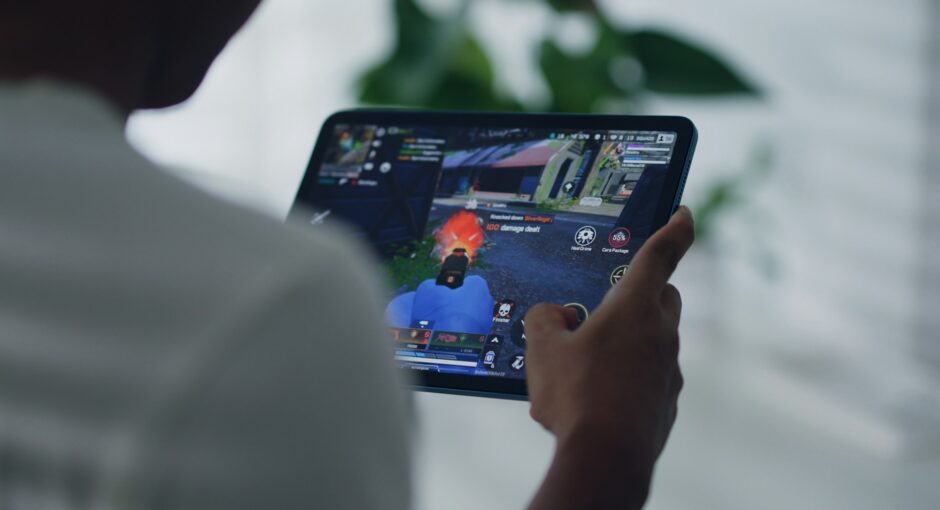The Balance Between Visuals and Performance
Mobile games today are more complex and demanding than ever before. Developers must strike a careful balance between delivering visually appealing graphics and maintaining smooth gameplay. This challenge becomes especially important on mobile platforms, where hardware capabilities vary widely across devices. One critical solution to this problem lies in optimized graphics — visuals that are fine-tuned to look good while minimizing the strain on the device.
Optimization doesn’t mean downgrading. In fact, it’s a strategic process of enhancing performance without sacrificing quality. By reducing unnecessary textures, minimizing particle effects, or compressing files, developers can keep the game responsive and fast. When implemented effectively, optimized graphics improve loading times, reduce battery drain, and prevent overheating — all while still looking polished.
Why Optimization Is More Than a Technical Concern
Optimizing graphics isn’t just a back-end technical decision — it deeply affects user experience. When a game runs smoothly, players are more likely to stay engaged and enjoy longer sessions. On the flip side, games with poor optimization may suffer from lag, frame drops, or crashes, driving players away. This is why many studios, including Metabula Games, invest time and resources into optimization as part of their broader design strategy.

It’s also a matter of accessibility. Not every player owns the latest phone model. A well-optimized game ensures a wider audience can enjoy it without needing high-end hardware. Smart optimization makes it possible for games to scale according to device specs, giving each player the best version their device can support.
How Optimization Affects Core Game Metrics
Beyond the player’s immediate experience, optimized graphics have a measurable impact on key performance indicators. Higher frame rates, smoother animations, and reduced load times often translate to better retention and increased user satisfaction. Even monetization can benefit — when a game runs well, players are more likely to spend time (and money) in it.
Another important consideration is app store performance. Games that crash frequently or suffer from poor performance tend to receive lower reviews, which affects visibility and downloads. Developers involved in game development today must consider graphics optimization as a competitive advantage rather than an afterthought.
Effective Techniques for Graphics Optimization
- Level of Detail (LOD): Dynamically adjusts visual complexity based on the device’s capabilities or player’s distance from objects.
- Texture Compression: Reduces memory usage and improves load times without noticeable loss in visual quality.
- Efficient Shaders: Custom shaders can achieve impressive effects while minimizing GPU workload.
- Object Culling: Hides off-screen or unnecessary objects to reduce rendering load.
- Asset Bundling: Loads assets only when needed, reducing initial memory consumption and speeding up startup.

Common Mistakes That Undermine Performance
- Overuse of Visual Effects: Excessive bloom, particles, and shadows may look great but can drastically lower performance.
- Ignoring Device Diversity: Not accounting for low-end devices alienates a portion of the player base.
- Uncompressed Assets: Using raw image or sound files increases memory use and loading time unnecessarily.
- Poor Memory Management: Leaving unused assets in memory can lead to crashes or performance degradation.
- One-Size-Fits-All Settings: Failing to offer scalable graphics options limits the game’s adaptability.
In conclusion, optimized graphics play a vital role in the success of mobile games. They enhance performance, widen accessibility, and directly influence user satisfaction. While stunning visuals are always impressive, they must be backed by smart design choices and careful technical execution. For developers, understanding and applying these principles is not just a technical challenge — it’s a core part of creating a successful, enjoyable mobile experience.




